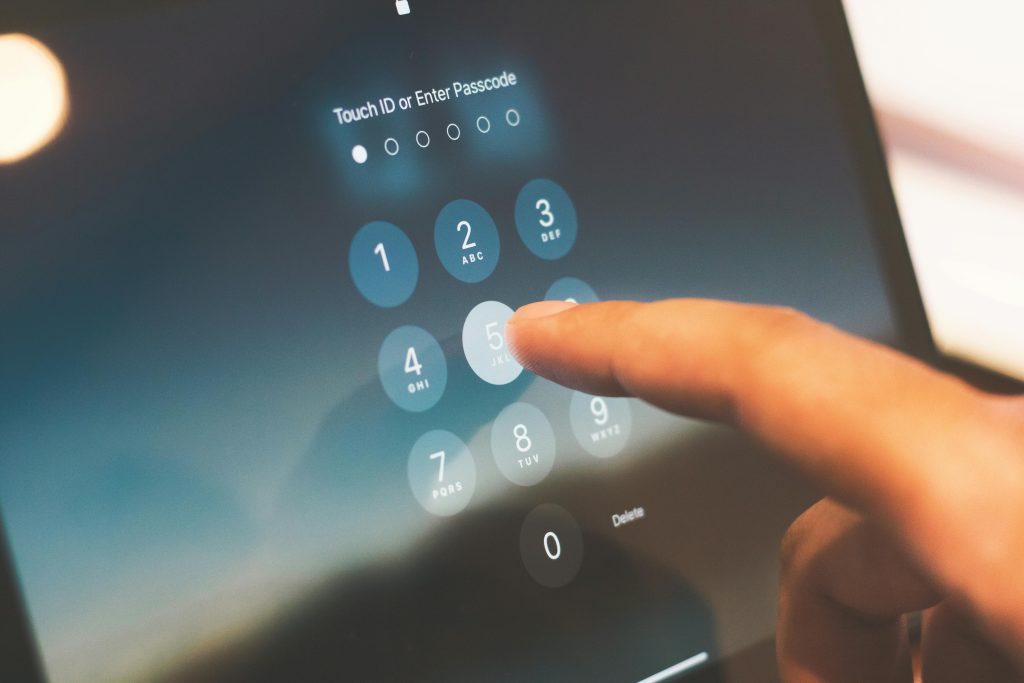Achieving Maximum Refresh Rate: How to Enable 240Hz on the Acer Nitro VG272U with Alienware m15 R5
If you’ve recently purchased the Acer Nitro VG272U monitor—a 27-inch, 1440p display capable of reaching up to 240Hz—and are experiencing limitations with your Alienware m15 R5 notebook, you’re not alone. Many users have encountered issues where their systems only recognize a maximum of 144Hz, despite the monitor’s specifications suggesting higher capabilities. This article aims to guide you through the steps to ensure you’re getting the most out of your gaming monitor.
Understanding the Issue
The core problem revolves around the display connection method and system settings. When connecting the Acer Nitro VG272U via HDMI to the Alienware m15 R5, users have reported that Windows only allows a maximum refresh rate of 144Hz, preventing access to the monitor’s full 240Hz potential.
Why Does This Happen?
- Connection Type Limitations: HDMI ports on laptops can sometimes limit the available refresh rates at certain resolutions. Not all HDMI versions support 240Hz at 1440p.
- Display Settings Configuration: Windows may default to a lower refresh rate or fail to detect higher options without proper configuration.
- Graphics Card Compatibility: The GPU’s capabilities and drivers can also influence available display modes.
Recommended Solutions
- Switch to DisplayPort Connection
The most reliable way to achieve 240Hz at 1440p is to use a DisplayPort connection, if your Alienware m15 R5 supports it. Many modern laptops, including the R5, have Thunderbolt or DisplayPort-enabled ports that can drive higher refresh rates.
- Check Your Laptop’s Ports: Confirm whether your device has a compatible DisplayPort or Thunderbolt port.
- Use a Suitable Cable: Obtain a DisplayPort cable or a Thunderbolt-compatible cable that supports high refresh rates.
-
Connect and Configure: Once connected, navigate to Windows Display Settings to adjust the refresh rate.
-
Update Graphics Drivers
Outdated or generic drivers can restrict available display modes.
- Visit Dell’s or NVIDIA’s (if using a discrete GPU) official website.
- Download and install the latest graphics drivers compatible with your laptop.
-
After installation, restart your system and check the available refresh rates again.
-
Adjust Settings in NVIDIA Control Panel or AMD Radeon Settings
Depending
Share this content:



